
Prostate Biopsy (TRUS or MRI-US fusion Method)

Prostate biopsies is done to rule out cancer as the cause of high PSA (prostate specific antigen) > 4 ug/L or when an abnormal nodule is felt in the prostate. There are two routes by which the biopsy can be done; transrectal route (TR) or transperineal route (TP).
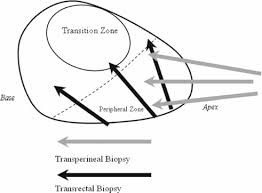
The difference between transrectal and transperineal prostate biopsy
TRUS Biopsy
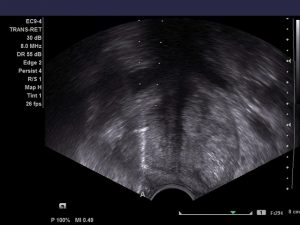
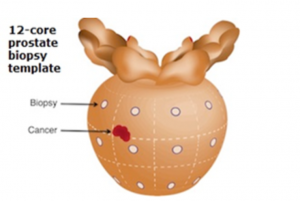
Random biopsy via transrectal ultrasound (TRUS)
This can be done in the clinic under local anaesthesia. An ultrasound probe slightly larger than a finger is inserted into the anus. After measuring the size of the prostate, local anaesthesia is injected around the prostatic nerves. Some 12 biopsies are taken using a small spring-loaded needle. The whole procedure takes 15 to 20 minutes and the histology results should be ready by the 3rd day.
Normally, the accuracy rate of detecting prostate cancer is 80%. This is because the standard 12-core biopsy template can still miss a small cancer. Therefore, if the PSA continues to rise over the years, a repeat biopsy may be needed and it is recommended that the MRI-Ultrasound fusion method be used.
MRI-Ultrasound Fusion Biopsy

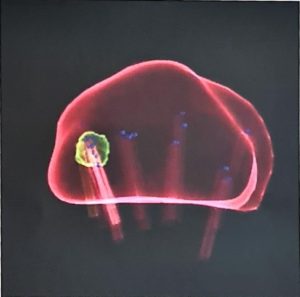
Targeted biopsy by overlaying the MRI image onto the ultrasound image
To improve the accuracy rate, the MRI image can be fused to the TRUS image so as to target the suspicious area, especially if it is less than 1 cc size. This makes the biopsy more precise and reduce the number of samples that need to be taken. A special software program is required for this and the MRI scan has to be a recent one. It takes longer to do and costs more because of the added cost of the equipment and image fusion process. As the patient has to stay still throughout the whole procedure, this has to be done under intravenous sedation. The time needed is 30 to 45 mins.
To reduce the risk of infection, the transperineal route can be used. But this requires a different set of equipment, i.e. the Biobot.

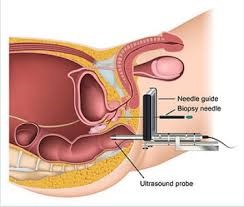
Dr Chin doing prostate biopsy via the transperineal route with the Biobot
Prostate biopsy does not spread the cancer out of the gland as the sampled tissue is contained within the sheath of the biopsy needle.
Complications include:
- infection. This is more common in diabetics and if there is underlying prostate infection. With antibiotics, the risk of severe infection should be < 5%. The symptoms are burning pain during urination, bloody urine and high fever. If this happens, hospital admission for intravenous antibiotics is needed.
- bloody urine. This usually clears by the 3rd day but if excessive, blood clots can form and block the bladder causing painful retention of urine. If this happens, catheterisation and washout of the clots is needed.
- bleeding from the anus. This tends to occur in those who have pre-existing piles. It usually stops the next day.
- acute retention of urine. This is more likely if the prostate is large and if the patient has untreated BPH. It is due to acute prostate swelling which then compresses the urethra to block the bladder. A Foley catheter will need to be inserted for a few days.
Desired outcomes:
- minimal pain during biopsy
- minimal anal bleeding
- no clot retention of bladder
- no severe sepsis needing hospitalisation (1% occurrence)